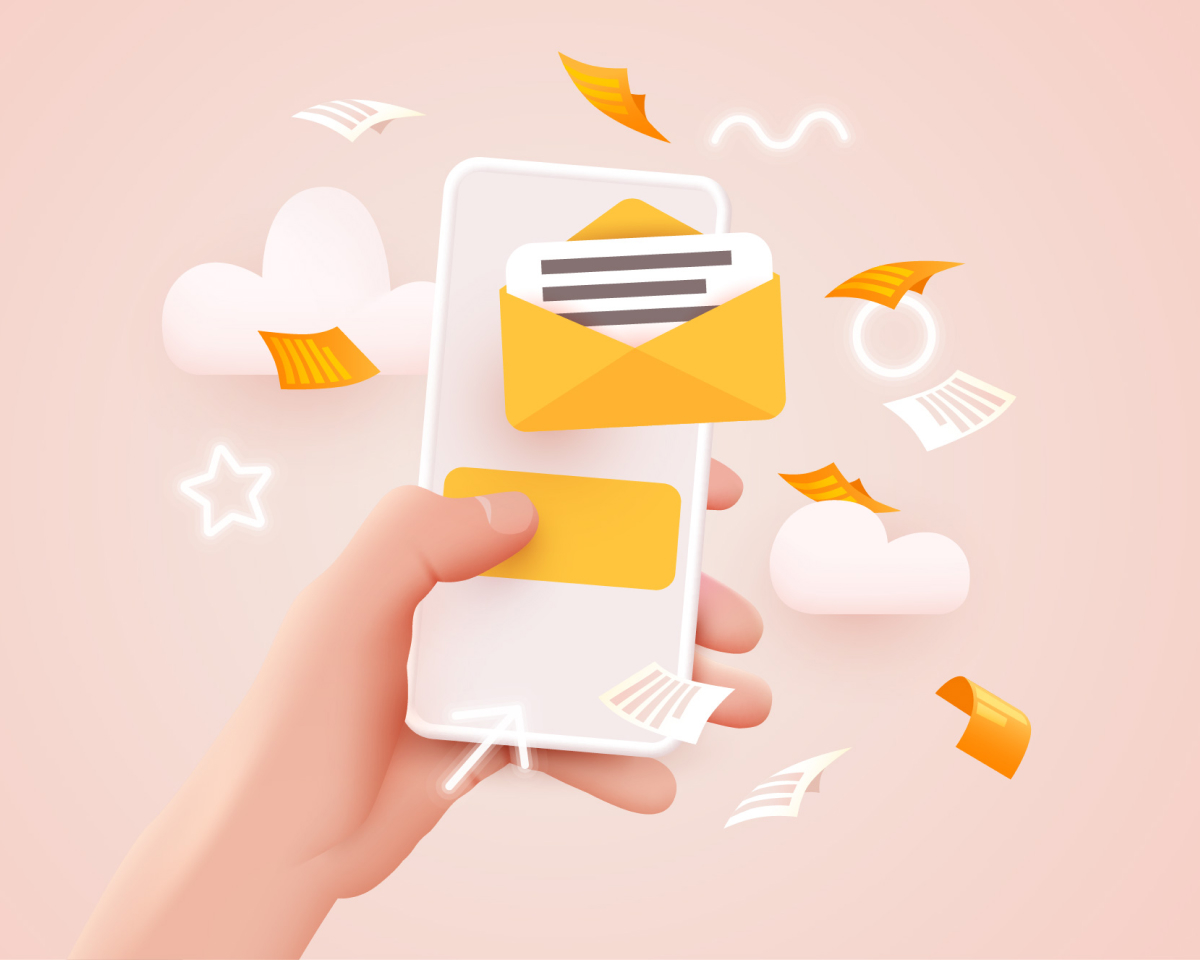

SMS sending in the retail industry is an effective way to engage with audiences and, most importantly, a powerful tool to boost sales. The speed, high efficiency, and directness of text messages make this channel increasingly popular for informing about promotions and special offers. If your company hasn’t used this communication method yet, now is the time to get familiar with it: our article will be extremely useful for you.


Promotional SMS campaigns are a proven way to increase revenue and deliver measurable results. Messages reach the recipient instantly, making them ideal for conveying information such as discounts or clearance sales. Unlike emails or social media ads, SMS provides an immediate response, reaching directly into the customer’s pocket.
Text message marketing is especially effective for time-limited actions, where quick interaction with recipients is crucial. For instance, if your sales strategy relies on precise targeting — where messages are sent only to people who previously showed interest in similar products — campaign efficiency can increase by up to 40%, driving significant traffic to your store within the first hour of the promotion launch.
SMS personalization goes far beyond just adding the recipient’s name. Modern CRM systems allow the creation of detailed shopping profiles, ensuring offers are perfectly tailored to each customer’s preferences.
For example, sports enthusiasts can receive promotions for training gear, while beauty product buyers get offers on skincare items. Smart CRM algorithms analyze shopping habits and enable message delivery at optimal moments, leading to a 30% increase in returning customers. CRM also helps predict customer needs by suggesting complementary products exactly when they’re most needed.

Mass message sending is done through a dedicated platform that streamlines campaign management. Imagine a clothing store that previously sent discount messages manually: one employee would spend the whole day doing it! With automation, this process takes only a few minutes.
The platform allows grouping customers from the database or scheduling messages for specific times. At the same time, the sender can track delivery statuses, improving future promotions. Automation not only eliminates the risk of errors in mass sending but also guarantees message personalization and significantly reduces operational costs.
A well-planned SMS communication strategy at each stage of the marketing campaign directly impacts sales results:
This way, SMS marketing helps build long-term customer engagement and significantly boosts participation in future promotional campaigns — a key aspect for any company striving for sustainable growth.